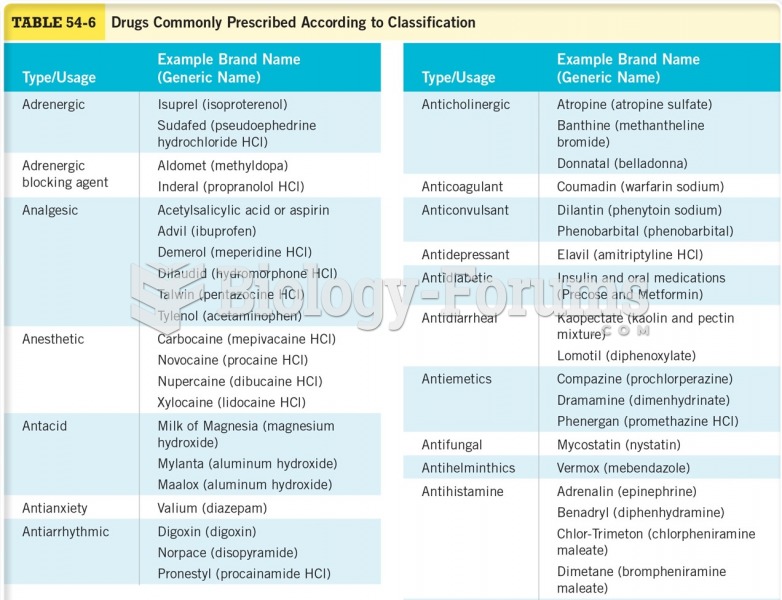Answer to Question 1
Correct Answer: 1, 2, 3
Rationale 1: The client should inform a health care provider if systolic blood pressure is less than 90 mm Hg, and should not take the next dose of CCB until instructed to do so.
Rationale 2: The client should inform a health care provider if systolic blood pressure is less than 90 mm Hg, and should not take the next dose of CCB until instructed to do so.
Rationale 3: The client should inform a health care provider if systolic blood pressure is less than 90 mm Hg, and should not take the next dose of CCB until instructed to do so.
Rationale 4: Blood glucose increases as a side effect of beta blockers in clients with diabetes.
Rationale 5: Blood glucose increases, not decreases, as a side effect of beta blockers in clients with diabetes.
Global Rationale: The client should inform a health care provider if systolic blood pressure is less than 90 mm Hg, and should not take the next dose of CCB until instructed to do so. The client should notify a health care provider if a very slow heart rate (less than 60 beats per minute), dizziness when standing up quickly, headache, or constipation is experienced. Blood glucose increases as a side effect of beta blockers in clients with diabetes. Blood glucose increases, not decreases, as a side effect of beta blockers in clients with diabetes.
Answer to Question 2
Correct Answer: 2
Rationale 1: The half-life is 10 seconds.
Rationale 2: Adenosine (Adenocard, Adenoscan) is given as a 1-to-2second bolus IV injection to terminate serious atrial tachycardia by slowing conduction through the AV node and decreasing automaticity of the SA node. Its primary indication is a specific dysrhythmia known as paroxysmal supraventricular tachycardia (PSVT), for which it is a drug of choice. Because of its 10-second half-life, adverse effects are generally self-limiting.
Rationale 3: The half-life is 10 seconds.
Rationale 4: The half-life is 10 seconds.
Global Rationale: Adenosine (Adenocard, Adenoscan) is given as a 1-to-2second bolus IV injection to terminate serious atrial tachycardia by slowing conduction through the AV node and decreasing automaticity of the SA node. Its primary indication is a specific dysrhythmia known as paroxysmal supraventricular tachycardia (PSVT), for which it is a drug of choice. Because of its 10-second half-life, adverse effects are generally self-limiting.







